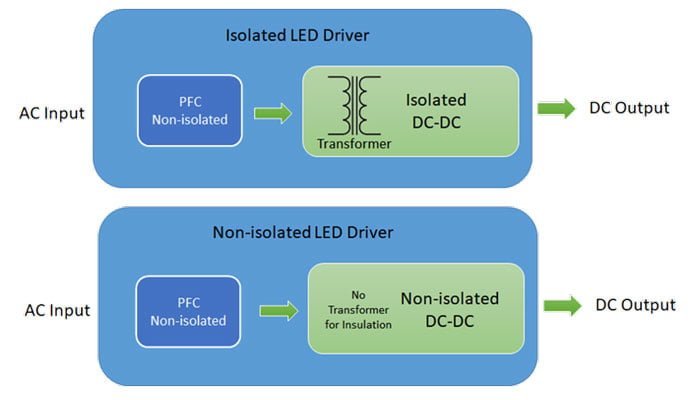Countdown300Days
Research Center for International Inspection and Quarantine Standards and Technical Regulations of GACC
China General Chamber of Commerce
Yiwu Brand Light Exhibition Co., Ltd.
Research Center for International Inspection and Quarantine Standards and Technical Regulations of GACC
The lighting industry has been going through a significant transformation over the last few years, fly in 2021 and drop in 2022. As we look ahead to 2023, there are several trends and developments that are likely to shape the lighting industry in the coming years.
One of the key drivers of growth in the lighting industry is the increasing adoption of non-isolated LED drivers for high power applications for cost pressure and better light efficacy. LEDs are more energy-efficient than traditional lighting technologies, and they can be used in a wide range of applications, from residential and commercial lighting to automotive and outdoor lighting. As LED technology continues to improve, we can expect to see even more adoption of this technology in the coming years.

Another trend that is likely to shape the lighting industry in 2023 is the growing demand for smart lighting solutions. Smart lighting systems can be controlled remotely, allowing users to adjust the brightness and color of their lights using a smartphone or other device. This technology can be used to create custom lighting scenes, automate lighting based on time of day or other factors, and even integrate with other smart home devices. As consumers become more familiar with the benefits of smart lighting, we can expect to see a significant increase in demand for these products.
In addition to LED technology and smart lighting, there are several other factors that are likely to impact the lighting industry in 2023. These include:
1.Increasing demand for energy-efficient lighting products. As concerns about climate change continue to grow, there is increasing pressure on businesses and consumers to reduce their energy consumption. Lighting is a significant contributor to energy usage, and there is a growing demand for lighting products that are more energy-efficient.
2.The rise of connected lighting. Connected lighting systems can be integrated with other smart home devices, allowing users to control their lighting from a central hub. This technology is likely to become more popular in the coming years as consumers seek out more convenient and integrated solutions for their homes.

3.The emergence of human-centric lighting. Human-centric lighting is a type of lighting that is designed to mimic natural light and promote better health and well-being. This technology is becoming more popular in commercial and healthcare settings, and we can expect to see more adoption of this technology in the coming years.

4.Increasing use of lighting as a service. Lighting as a service (LaaS) is a model where customers pay a monthly fee for lighting services, rather than purchasing lighting products outright. This model can provide a more cost-effective and flexible solution for businesses and municipalities, and we can expect to see more adoption of this model in the coming years.
Overall, the lighting industry is poised for continued growth and innovation in the coming years. As LED technology continues to improve and new applications are found for lighting products, we can expect to see a wide range of new products and services emerge in the market. Whether you are a consumer, business owner, or lighting professional, it is an exciting time to be a part of the lighting industry, and we can look forward to many exciting developments in the years to come.